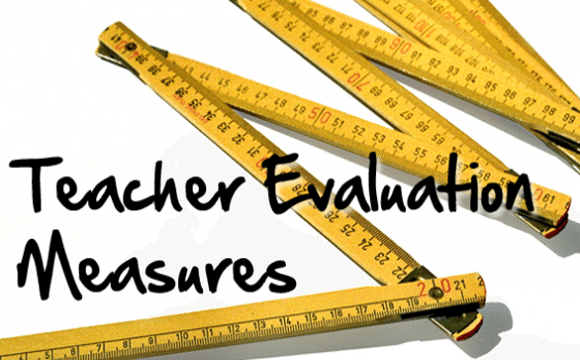So let’s see where we stand at this moment with the brand spanking new teacher evaluation system in New Jersey. This is the law that is going to revolutionize teaching and learning by making sure that students are mastering content and skills and teachers are doing their jobs to ensure learning in the classroom. For those of us not covered by a standardized assessment, the key is the SGO, or Student Growth Objectives, that is supposed to measure student growth (duh).
How are we doing this? By taking the measure of our students at the beginning of the year. Then we’ll evaluate them again in a few months to see how much they’ve learned. In other words, welcome to testing-mania.
The overwhelming majority of teachers in New Jersey have already given an assessment to their students, usually in the form of a test. Most of these tests ask for knowledge and skills that students haven’t been taught yet. The assumption, then, is that when we re-give these tests again in February or March, the students will have learned the information because they’ve been, well, taught it. Students learn, teachers have done their jobs, numbers go up, salaries are paid.
So what’s the problem? Plenty. Most of these tests are low stakes and mean virtually nothing to the students, while meaning everything for the teachers. In addition, there is no measurable data that says that this is a viable method for objectively evaluating teachers. And districts are getting mucho creative with SGOs in ways that even the Christie Administration didn’t envision.
For example, many teachers who plan on taking leaves for maternity or other family concerns, have been told to administer both a pre-and post-assessment in as little as 6 weeks, so the district has a record of their progress. This flies in the face of everything we know about education and assessment, and is using time as the relevant factor and not learning. Why don’t I just do a Monday-Friday assessment cycle and be done with it. I can teach anyone how to write an effective thesis in a week if that’s all I’m going to measure.
It’s also becoming clear, as I speak to colleagues and monitor the news, that administrators and school boards are tying bonuses to the percentage of staff that has an SGO. The law says that classroom teachers must have them, but leaves it up to the district as to whether nurses, guidance counselors and other support staff must have them. Tying SGOs to a bonus virtually guarantees that all staff will be responsible for an SGO, and it’s up to the district to develop one.
Are we connecting student health rates to nurses? How many students come to see them over a three month period? Do we want more students to visit the nurse or fewer? What’s the difference between taking blood pressure and earning a 4 under the Danielson model and earning a 3?
For guidance counselors, are we tying failure rates to counselors? College acceptances? If a child is crying on the way in to the counselor’s office but smiling on the way out, is that an effective SGO?
The dirty truth is that there’s really no way to know. It’s the same for teachers. Once we administer the test/evaluation, then that becomes the default assessment that we’re going to focus on for three months. The tests rule. And it will get even worse come the spring when teachers covered by a state test enter the maelstrom and sweat out their number through the summer.
This evaluation system is taking money, time and resources away from education. It’s not scientifically valid. It wastes time. It’s a step backwards, and it insults teachers everywhere by assuming that they are not effective.
For more, go to www.facebook.com/WhereDemocracyLives and on Twitter @rigrundfest








